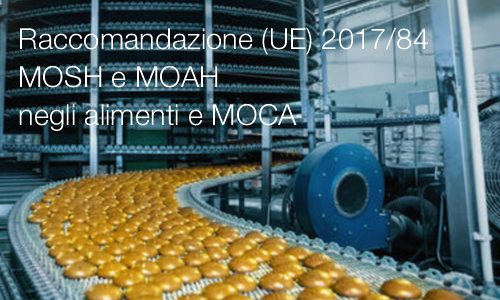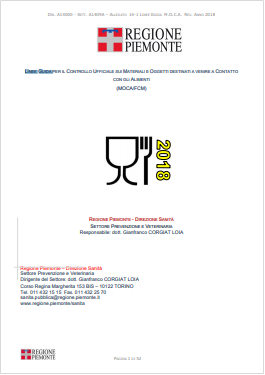Informazione tecnica HSE / 25 ° anno
/ Documenti disponibili:
45.707
/ Documenti scaricati: 34.772.491
/ Documenti scaricati: 34.772.491
ID 21826 | 08.05.2024 / In allegato
This volume of the IARC Monographs provides evaluations of the carcinogenicity of three agents: aspartame, methyleugenol, and isoeugenol.
Aspartame is a low-calorie artificial sweetener that has been widely used in foods and beverages since the 1980s. Historically, artificially sweetened beverages have been the major source of exposure to aspartame, but to a lesser extent at present since aspartame is typically used in mixtures with other sweeteners. The highest concentrations of aspartame are found in tabletop sweeteners, chewing gums, and food supplements. Other sources include cosmetics and medicines.
Methyleugenol is a flavour and fragrance compound that occurs naturally in essential oils of various plants. It is used in cosmetics and personal care products and as an insect attractant. Although its use as a flavouring agent is prohibited in the European Union and the USA, it is still present in various foods and consumer products due to its natural occurrence in herbs and spices. The general population is ubiquitously exposed through the ingestion of food or use of personal care products.
Isoeugenol is a fragrance and flavour compound that occurs in many plant species and in wood smoke. It is used in food, cosmetics, household products, animal feed, and veterinary medicines. Firefighters and workers involved in isoeugenol synthesis or handling isoeugenol-containing products may be exposed.
An IARC Monographs Working Group reviewed evidence from epidemiological studies, cancer bioassays in experimental animals, and mechanistic studies to assess the carcinogenic hazard to humans of exposure to these agents and concluded that:
- Aspartame and isoeugenol are possibly carcinogenic to humans (Group 2B);
- Methyleugenol is probably carcinogenic to humans (Group 2A).
Collegati
Rettifica del regolamento (UE) n. 944/2013 della Commissione, del 2 ottobre 2013, recante modifica, ai fini dell'adeguamento al progresso t...

ID 19495 | 25.04.2023
Raccomandazione (UE) 2017/84 della Commissione, del 16 gennaio 2017, sul monitoraggio degli idrocarburi di oli min...

Linee guida per il controllo ufficiale sui materiali e oggetti destinati a venire a contatto con gli alimenti (MOCA/FCM).
Ed. 2011
Ed. 2012
Ed. 2015
Ed. 2018
Lo scopo del presente docum...
Testata editoriale iscritta al n. 22/2024 del registro periodici della cancelleria del Tribunale di Perugia in data 19.11.2024